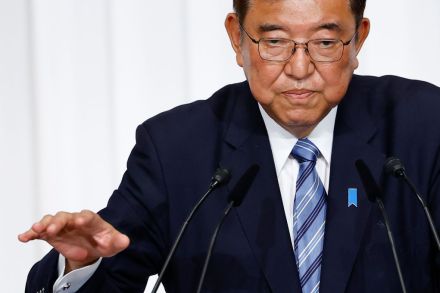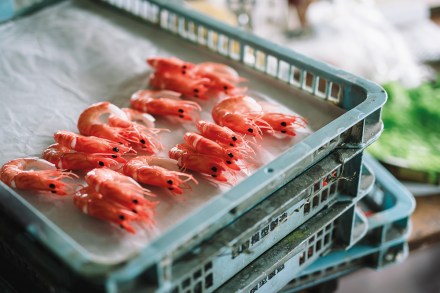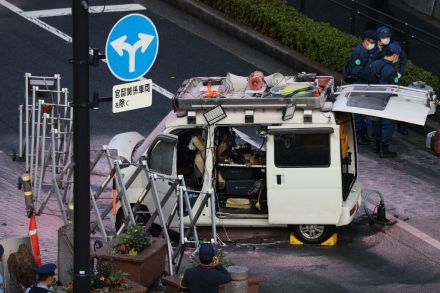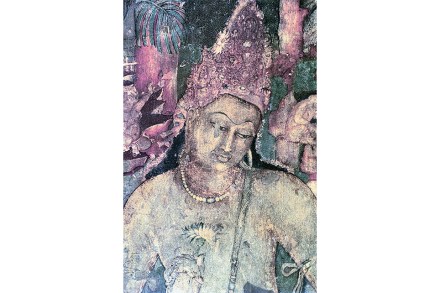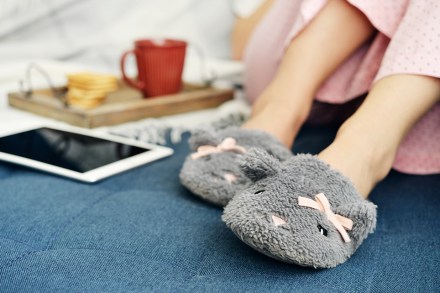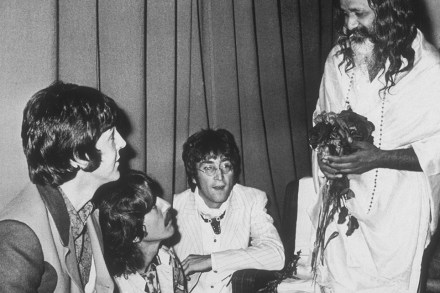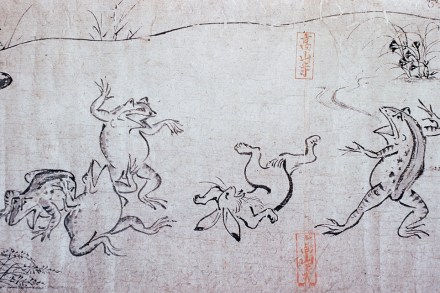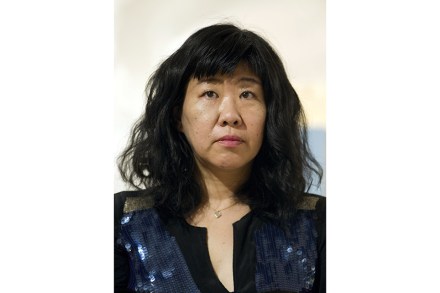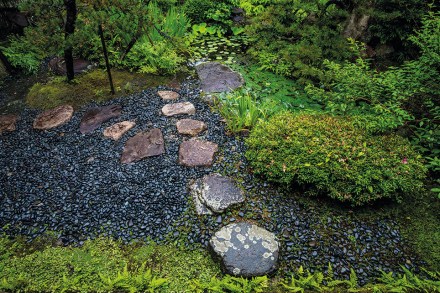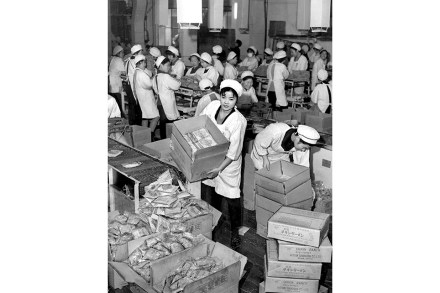Japan could soon lose one of its best assets
What now? This is the question on everyone’s lips here in Tokyo after a dramatic general election which looks to have inflicted a potentially grievous wound on Japan’s eternal party of government. The Liberal Democratic Party (known as Jiminto) led by the barely broken-in new Prime Minister Shigeru Ishiba lost its overall majority, even if its partners, the Buddhism-associated Komeito, are factored into the equation. The result was a mess In one of the worse nights in its history, the LDP, who have held power for 65 out of the last 69 years, lost 68 seats. They remain the largest party overall but will now have to scramble to put
